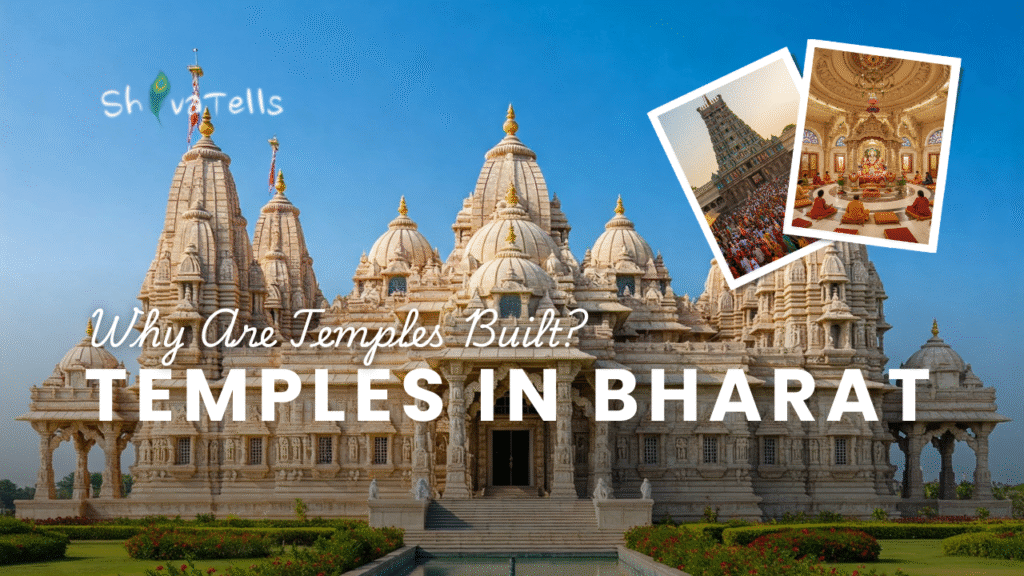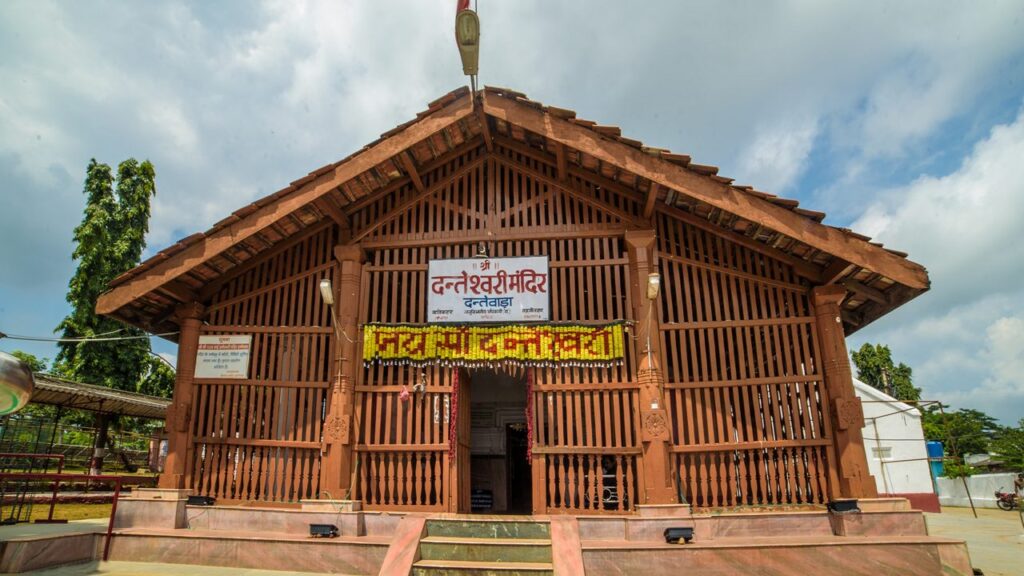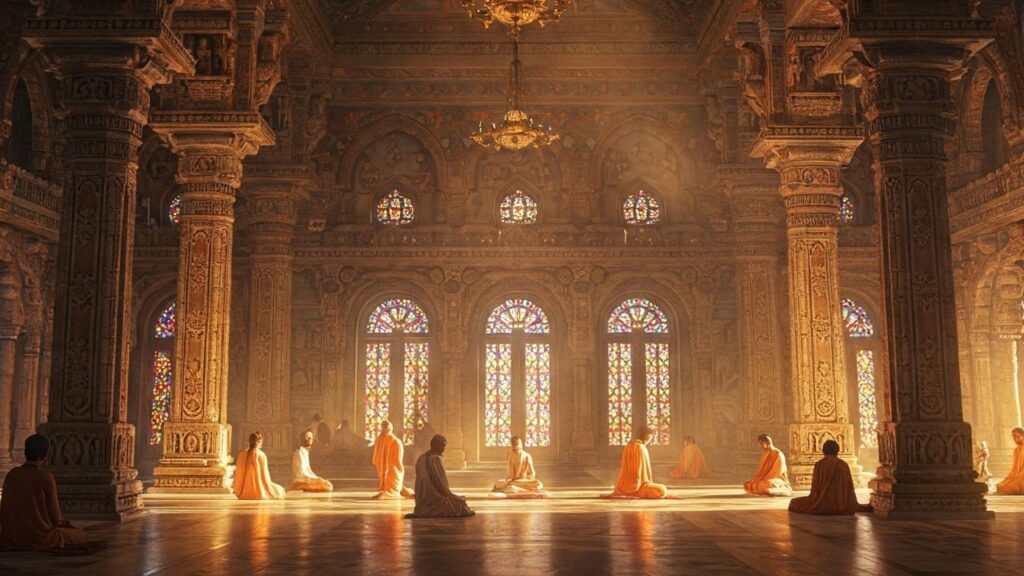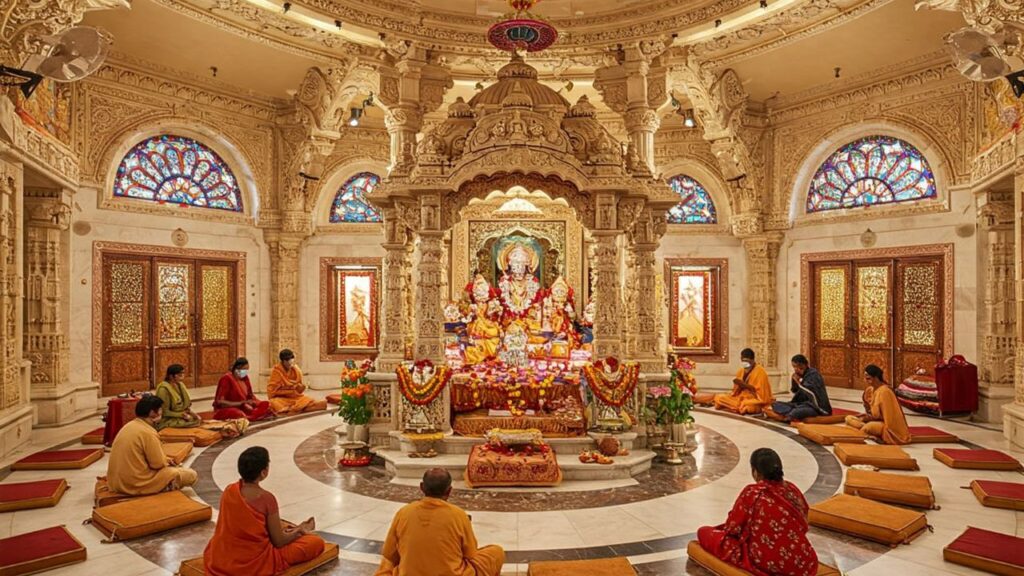In the heart of every Indian village, town, and city stands a structure that holds within it the prayers, hopes, and faith of generations—the temple. Be it a towering marvel carved from stone or a simple mud shrine under a tree, temples have always played a central role in the spiritual and cultural life of Bharat (India). But somewhere in our fast-moving modern world, the deeper purpose of temples seems to have blurred.
Today, temples are often viewed as destinations—places where we go to ask for something: good marks, a promotion, healing from illness, marriage, or success. Grand temples see thousands of visitors daily, most of whom come with wishes in their hearts and offerings in their hands. While there’s nothing wrong with that, this transactional relationship with the divine was never the core idea behind why temples were built in Bharat.

Table of Contents
Temples as Energy Centres
According to our ancient scriptures and temple architecture texts like the Agamas and Shilpa Shastras, a temple is more than a place of worship. It is an energy centre, carefully constructed following strict principles of alignment, geometry, and placement. Every detail—from the direction of the temple to the structure of the sanctum sanctorum (garbhagriha)—was designed to create a space where the spiritual and material worlds meet.
Once a temple is consecrated through prana pratishtha (a ritual of invoking divine presence), it becomes a living space. The deity placed within the sanctum is not a lifeless statue but an embodiment of conscious energy. Devotees are not just visitors—they are energy receivers, absorbing the positive vibrations of that space.
Experiencing Stillness in Bastar

My realization of this deeper purpose came not from a famous temple, but from an unexpected corner of Bastar, a tribal region in Chhattisgarh. One morning, while travelling through a forest-fringed village, I came across a small shrine under a sal tree. A Shiva Linga stood quietly on a raised platform made of mud. A few wildflowers, some incense, and a diya flickering in the breeze—it was simple, humble, and deeply peaceful.
There were no queues. No priests. No donation boxes. Just nature, silence, and presence.
I sat cross-legged on the cool earth and closed my eyes. And for the first time in a long time, I felt stillness. No demands, no expectations—just gratitude and connection.
That moment made me think—isn’t this what a temple is meant to be? A place where you simply sit, absorb the divine energy, and leave with a peaceful mind.
Temples Are Designed for Sitting, Not Rushing

In ancient times, people visited temples not to ask for material gains, but to recharge themselves spiritually. They walked barefoot on stone floors to connect with the earth’s energy. They circled the deity (parikrama) as a moving meditation. They sat in silence, letting the energy of the place calm the mind and open the heart.
Our temples were never meant to be crowded halls of wish-lists. They were spaces for contemplation, transformation, and inner tuning. The deeper purpose was always inward, not outward.
What the Scriptures Say

According to Vedic texts, each temple is aligned with cosmic geometry and designed to represent the human body. The deity in the sanctum symbolizes the inner Self. Just as the yogi sits in meditation with a straight spine and focused breath, a temple stands aligned to the cardinal directions, its central energy point radiating spiritual vibrations.
When you enter such a space with a quiet mind, you feel an automatic shift—your thoughts slow down, your breath becomes calm, and your worries fade. It’s not magic. It’s energy science—something our ancient seers understood deeply.
What Modern Temples Have Become

In contrast, modern temples are often crowded, noisy, and full of distractions. The focus has shifted to elaborate rituals, donations, VIP passes, and commercialisation. Loudspeakers blare bhajans on loops, and people rush to “see” the deity before they are pushed forward by the crowd behind.
In this rush, the soul of the temple experience is lost. There is no time to sit, to feel, to be.
Even the act of darshan (divine sight), which is meant to be an intimate moment of connection, has become a fleeting glimpse through glass or barricades.
Learning from Tribal Villages
Places like Bastar remind us of the original spirit of devotion. In tribal temples, the divine is part of everyday life—not separated by rules or boundaries. A stone under a banyan tree, an offering of mahua flowers, a song sung with love—these are their temples.
There’s no show, no gold, no marble. And yet, the devotion is pure and powerful.
They may not follow Sanskrit mantras or rituals, but they carry a deep understanding—that a temple is not made of bricks, but of faith and presence.
A Temple Is Where You Sit in Surrender

In my journey across India—from the caves of Ellora to the hills of Himachal, from the ghats of Varanasi to the forests of Bastar—I have found that the most powerful temples are not always the most famous ones.
They are the quiet corners, the lesser-known shrines, the village deities sitting under open skies—where your heart speaks and your mind rests.
The real purpose of temples is not to fix your problems, but to stabilize your inner world. When your inner world is calm, outer challenges become manageable.
Final Thought
The next time you visit a temple, don’t rush. Don’t ask. Just sit. Sit in silence. Let the energy of the place do its work. Tune in, not out.
Because in Bharat, temples were never meant to be visited—they were meant to be experienced. And perhaps, the most sacred temple is the one you carry in your heart.
Har Har Mahadev! May you always find peace, within and around you.
Watch Tribe stories
- WIND festival of TUTSA Tribe | Tutnu Village | Pongtu Festival
- Are you WORTHY to wear this HELMET?? | Nyishi Tibe | Arunachal Pradesh |
